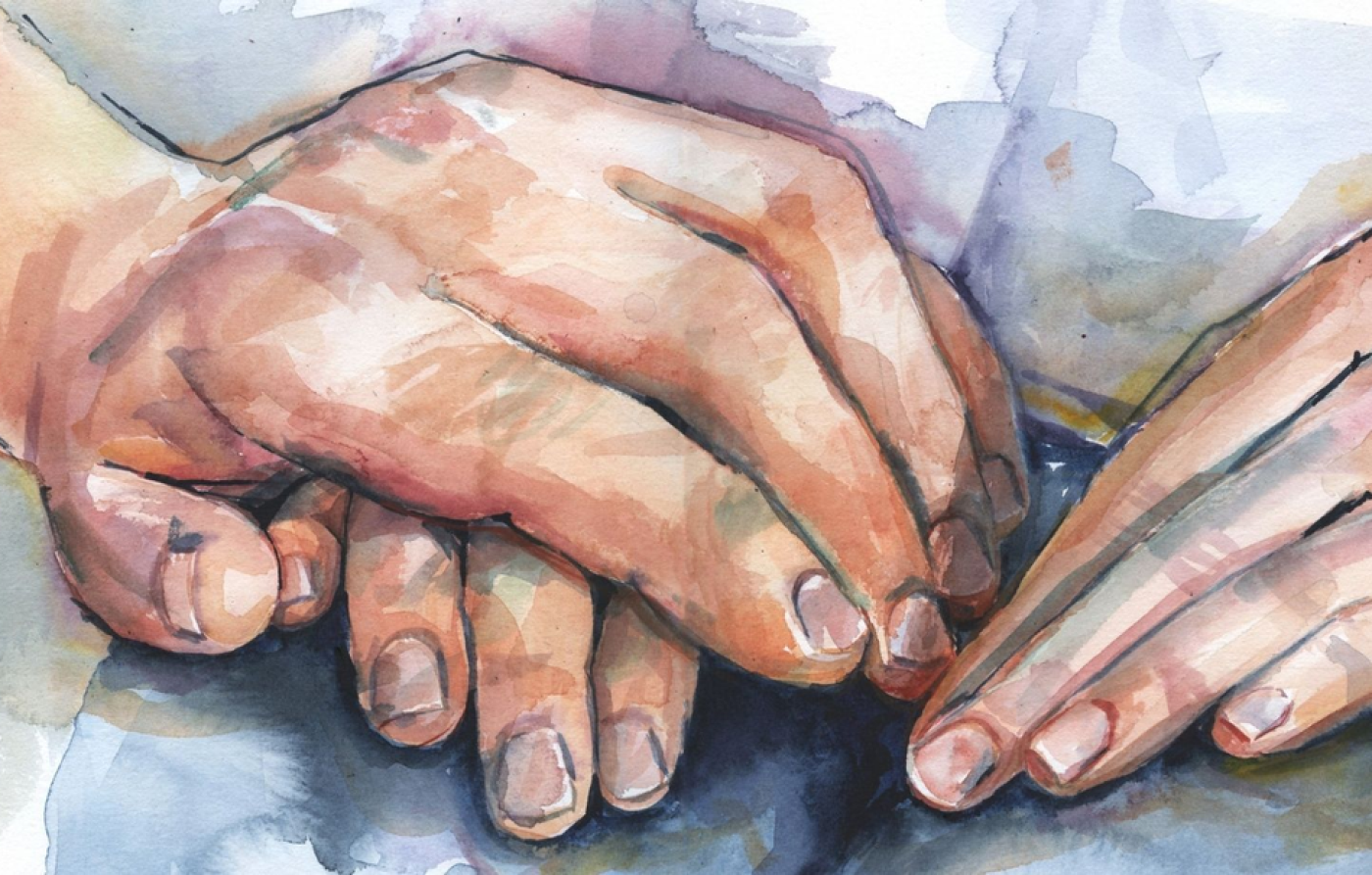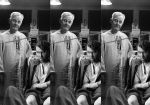Military and Medicine

It takes a special kind of person and supportive network to commit to the selfless service required of those who join the military. As a physician, I can relate. But to simultaneously embark on the path to serve BOTH in healthcare AND for our country? That takes commitment and dedication to the next level.
This issue of Physician Outlook is dedicated to those in uniform who don BOTH the white coat and military fatigues, altruistically giving of themselves to protect not just our freedom but also our health, sacrificing precious time with their loved ones (and themselves) in the process.
We owe a debt of GRATITUDE to our active duty Military and our Veterans, not a $6 BILLION debt from unpaid medical bills! Learn about www.EndVeteranMedicalDebt.com by reading Jerry Ashton’s article “A Look at V.A. Hospitals.” Ashton (a Navy Veteran and former debt collector) remains on the Board of #RIPMedicalDebt, the well-respected charity that he co-founded in 2014. Jerry’s latest project, an organization called Let’s Rethink This (www.LetsReThinkThis.com) is shining a much needed spotlight on the medical debt burden that plagues our nation’s protectors and proposing solutions to collectively help relieve that debt by working with the Veterans Administration and its network of hospitals. Physician Outlook is proud to be one of the Impact Organizations being highlighted by LRT and partnering with Ashton and his team to help #EndVetMedDebt.
Nurses at the bedside of our patients are the true backbone of our healthcare system. I had the pleasure of personally meeting Bronze Star recipient Nurse Colonel Olga Rodriguez (now retired), a fellow Latina in medicine, at the annual www.Free2Care.org conference in Austin Texas this fall. She is an “old school” Syracuse University trained nurse who is passionate about patient safety and Nursing Education, focusing on the importance of bedside and field Nursing.
In an article titled “We Need Our Bedside Nurses,” Dr. Linda Hodges, a civilian Critical Care physician (who works in ICUs across the country) discusses the alarming trend of registered nurses wanting to leave the bedside, pondering “what nursing would be like if we made the bedside job one that doesn’t need escaping from.” The best nurses (and physicians) are walking away from what has become a malignant system.
Perhaps the most fascinating story you will read in this issue is “Military in Medicine” which spotlights the career of (Retired) Colonel Kevin C. O’Connor, a Family Practice physician who calls himself the “Forrest Gump” of Military Medicine. He has some fantastic ideas about how to solve the physician shortage, and a great appreciation for physician-led, coordinated and collaborative team-based care. He has some pretty influential connections to share these ideas with, and I am blessed to consider Kevin a friend and colleague, so thankful that he “gets” the importance that primary care plays in the world of medicine and population health.
Authentic Medicine
Why is the system malignant? As former Army Major and Emergency Room Physician Dr. Natalie Newman points out in “Dollars and Sins” (an article that first appeared on Dr. Doug Farrago’s blog www.AuthenticMedicine.com) that one cannot “fake it until you make it in medicine. The art and science of medicine is simply too complex, as is the human body.” Everyone wants to be “a doctor” these days without going to medical school or doing a residency, and that is just plain dangerous. Legislation cannot replace education. What most young nurses don’t realize is that profit-motivated puppeteers are purposefully taking advantage of their lack of experience and naïveté. Obtaining a Doctorate in Nursing is NOT the solution to solving the physician shortage. The more obvious solution to addressing projected shortages is to “grow more doctors,” something I have previously written about.
However, we need to ensure that pre-medical students do not become disillusioned along the path. In his article “Misgivings about Medicine,” high school student Jack McGowan, an aspiring future doctor, writes about how he ALMOST abandoned his childhood dream when he learned about the greedy Private Equity firms that have infiltrated Emergency Medicine and other fields. Fortunately for our future, he remains undeterred in his plans to become a physician after learning that grassroots physician groups are working together to expose the corruption and actively planning ways to “take back medicine.”
Sh!T Following the COVID Storm
It has been two long years since the onset of the worldwide COVID-19 pandemic. We are simultaneously weary and wishful as we have adapted to what has become “the new normal.” This issue features two COVID-related pieces.
Neurologist Dr. Ayushi Chugh’s beautiful poem reminds us of the importance of self-care and positive mindsets, reminding us that COVID-created thunderstorms will eventually be followed by sunshine to brighten the relentless “Coronaceous-Colored Sky.”
If you have ever wondered why the novel coronavirus disproportionately affects some individuals and not others (regardless of vaccination status), the key could be hidden in the person’s “microbiome signature.” Gastroenterologist Dr. Sabine Hazan (author of the best-selling book “Let’s Talk Sh!T” book) continues to study the role of a diverse and protective microbiome in predicting the clinical severity of COVID-19 disease. As reported by Trial Site News, the case series authored by Hazan and published in the peer-reviewed journal Case Reports in Gastroenterology features 6 members of the same household in which she happened to have some pre-pandemic stool analyses. Results from this family and other patients she has studied support her hypothesis of the protective importance of having a diverse, Bifidobacterium-rich microbiome.
Alternatively dubbed “Hurricane Hazan” and the “Queen of Sh!t,” Dr. Hazan continues to perform cutting-edge research through her FDA-approved COVID-19 prevention and treatment clinical trials. She is currently working on studies that will develop non-invasive baseline testing that could predict an individual’s SARS-CoV-2 susceptibility, perhaps allowing time for individuals to make dietary interventions with pre- or probiotics.
Left and Right Brain Connections
As we celebrate our 2nd birthday as a magazine, our readers will notice that Physician Outlook is taking on a more active role as a quasi- “corpus callosum” by acting as connectors, as synaptic neural bridges between the many severed connections we are experiencing between the left and right hemispheres of society, particularly within the scientific community.
My faith in medicine becomes restored when I hear physicians amicably and heatedly discuss controversial medical topics on podcasts such as “The VPZD Show.” Dr. Zubin Damania (aka ZDoggMD) and Dr. Vinay Prasad have been named the “Click and Clack” of medicine, and discuss difficult topics with a sense of humor and a healthy sprinkling of swear-words. They are part of a movement Dr. Damania has called “the alt-Middle” and we at Physician Outlook invite all who are open-minded and tolerant to become a part of our complementary “Corpus Callosum Crew.”
As a publication Physician Outlook does not censor, avoids picking sides, and actively seeks to represent a spectrum of points of view. We respect transparency and truth-telling, and firmly believe that the answer to solving divisive issues in education, economics, in politics—in medicine—is to engage in true, meaningful, non-judgmental and peaceful nuanced discourse.
Collaborative problem solving, something that Dr. Diana Blum touches on in her article “Respectful Debate Amongst Doctors,” is at the core of the patient-physician relationship, and as physicians we need to model the kind of tolerance and respect we want to see reflected in the world and in our patients.
Article by Marlene Wüst-Smith, MD, Pediatrician originally appeared in Physician Outlook.




